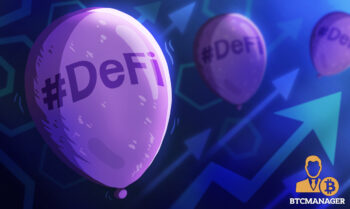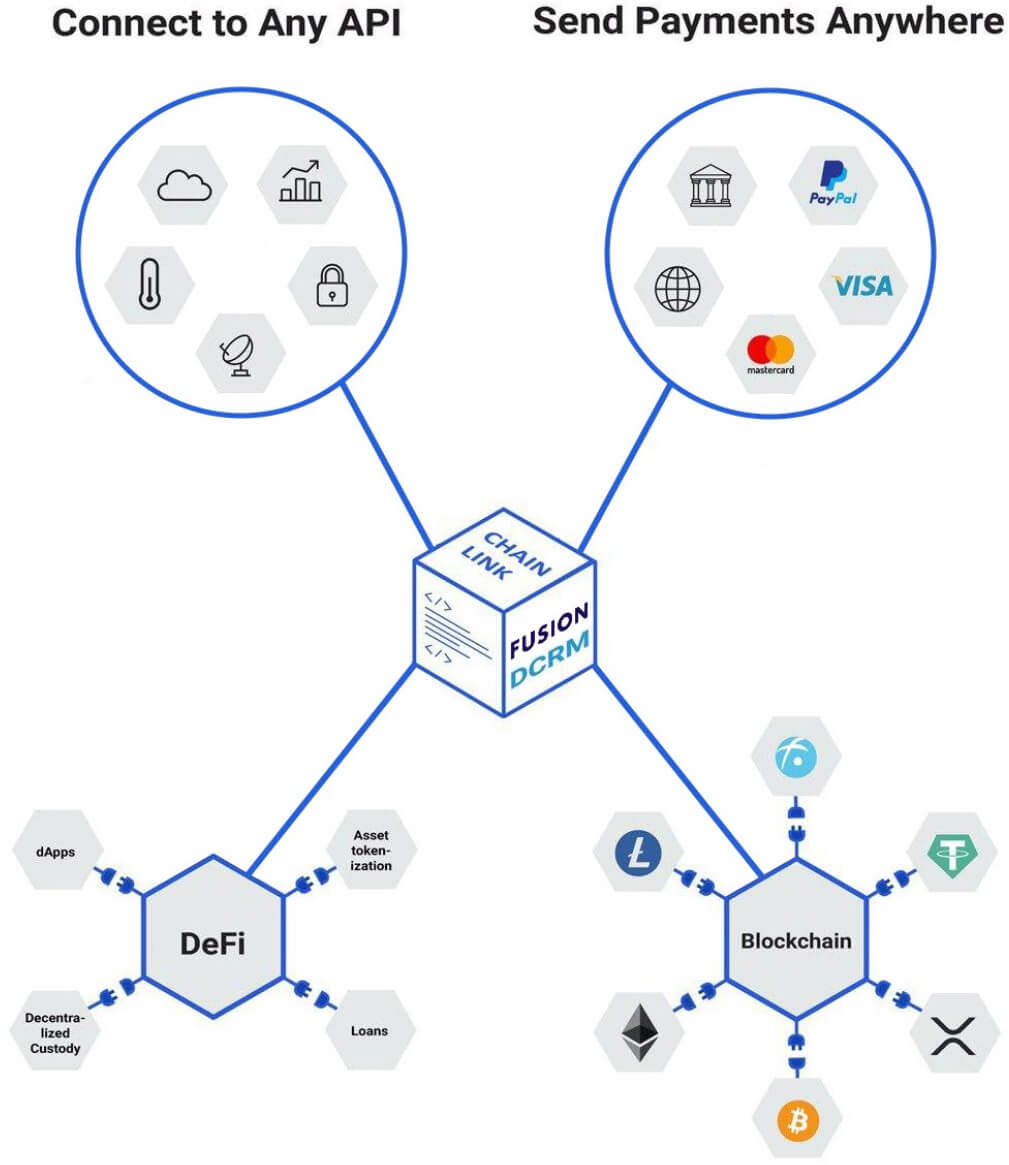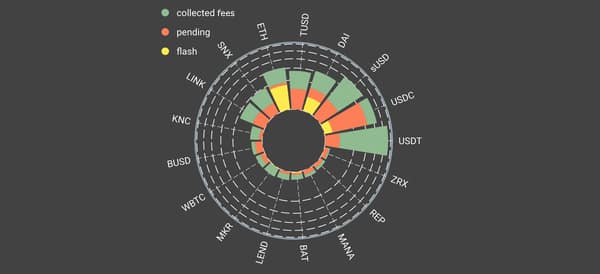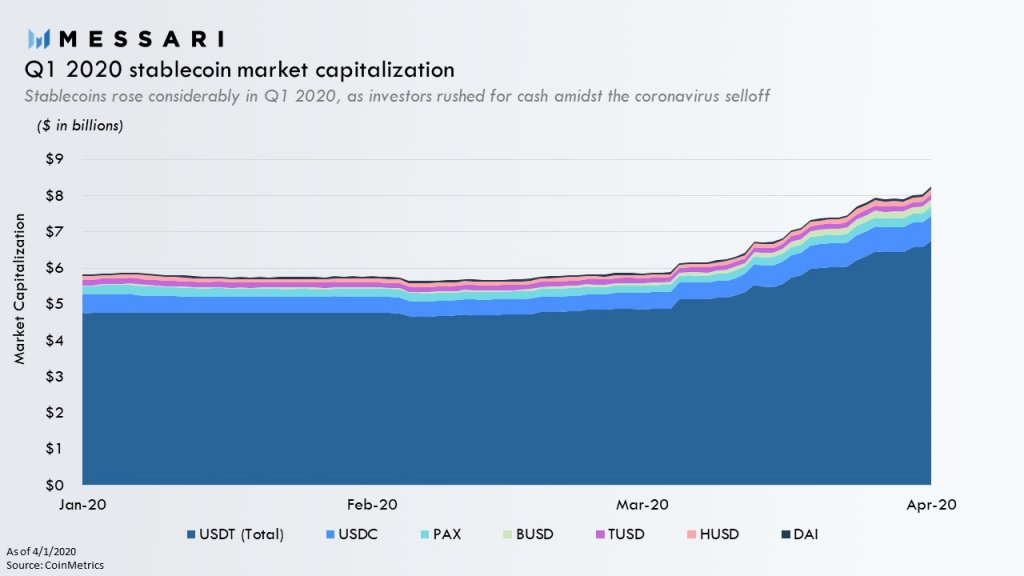2021-2-19 18:05 |
The DeFi industry continues to attract thousands of enthusiasts despite the many potential risks. Handling impermanent loss is one of the most significant pain points, yet few teams can adequately address this aspect. Volatile markets require innovative solutions to prevent portfolios from collapsing.
Why impermanent loss is an issueFor those unfamiliar with the impermanent loss concept, it is an issue that primarily affects investors who explore decentralized finance (DeFi) projects. If the price of tokens you owned drops compared to their value when you deposited, impermanent loss occurs. The more significant the change is, the worse the loss becomes.
Impermanent loss is primarily common when providing liquidity to any Automated Market Maker (AMM) exchange.
On Uniswap, users may offer ethereum (ETH) and USDT as liquidity. Since USDT is a stablecoin, its value cannot fluctuate. The value of ethereum changes hour-by-hour and can head in either direction. If the value per ether decreases, your dollar value will be significantly lower at the time of withdrawing funds.
Many DeFi investors will ignore this aspect, as they want to provide liquidity to earn trading fees. In some cases, the earned fees can help mitigate impermanent loss from an asset decreasing in value. As long as the pool has enough trading volume, the AMM can negate most losses entirely.
Another way impermanent loss can occur is when one asset’s value in the liquidity pools rises. Arbitrage traders need to offset this rising value of ethereum by adding more USDT to the liquidity pool.
When withdrawing one’s share, there may be a profit compared to the value during deposit time. However, the yield is lower than holding the assets in a wallet, as the price appreciation of ethereum may be more significant than the trading fees and liquidity provided combined.
How to solve impermanent lossWith the above information in mind, it is time to get serious about coming up with solutions to this pressing problem. That is easier said than done, as DeFi enthusiasts will not stop providing liquidity to AMM DEXes for some time to come. Instead, DeFi developers should come up with a solution that works.
One way of avoiding impermanent loss in DeFi is also the least attractive. Instead of providing liquidity with regular assets and tokens, investors can stick to stablecoins.
It is a boring way of providing liquidity and may not even yield any decent trading fees. Stablecoins will always be pegged to a fixed value; thus, there are no fluctuations. That also means there is little to no profit potential, making for a far less appealing investment option.
As every DeFi platform remains intent on creating its own currency, we may find the key to this problem here. Instead of forcing users to deposit two coins to provide liquidity, opting for a single-sided exposure LP vault is a viable option.
This approach introduces a way for investors to obtain an AMM’s native token and use that to stake and become part of the LP pool. Every party of the paired LP bears one coin’s impermanent loss for free but receives higher annualized earnings in exchange.
This idea is already put into motion by several projects. Andre Cronje confirmed on Medium he has developed a single-sided exposure solution for Sushiswap V2.
Additionally, the SIL Finance team offers a similar solution to bring an end to impermanent loss. Combined with this platform’s compound interest model and automatic token matching for LPs, there are multiple “safeguards” in place. Users also benefit from two levels of earnings: LP transaction fees and LP stakes from mining, swaps, and reforming LPs.
What makes SIL Finance different from Cronje’s idea is how users will always receive SIL earnings. Even if there is no successful token pairing, the earnings will remain present based on the deposit queue.
Solutions like these show there is a lot of room for progress in decentralized finance. A hands-off approach may pan out better than what most platforms provide today.
Bancor is another project exploring single-sided exposure to provide impermanent loss protection. Their approach is to do so through an elastic BNT supply, which may not necessarily be the best option. Introducing even more tokens to decentralized finance will further dilute the value pool of decentralized finance.
Closing thoughtsSingle-sided liquidity is gaining traction in the DeFi industry and may end up becoming a global standard before too long. Despite all of its assets under management and growing appeal, this industry is in dire need of a solution like this one to grow up and achieve the next level.
Until that happens, decentralized finance will remain an industry that caters to degenerate cryptocurrency users chasing quick profits and nothing more. Challenging the position of traditional finance will not be possible without protecting users in one way or another.
However, this approach doesn’t necessarily warrant the need for new tokens issued by existing platforms. Building this functionality into existing DeFi tokens is a serious option developers need to explore. Taking shortcuts or the easy route isn’t a viable approach, and it’s far from professional.
The post DeFi Needs Single-Sided Exposure Solutions to Be Taken Seriously appeared first on BeInCrypto.
origin »Defi (DEFI) на Currencies.ru
|
|



















